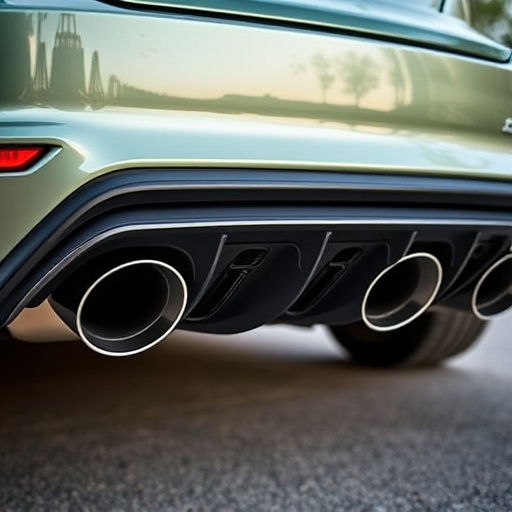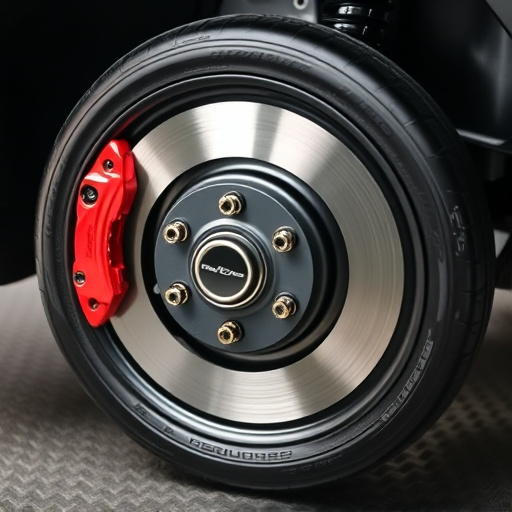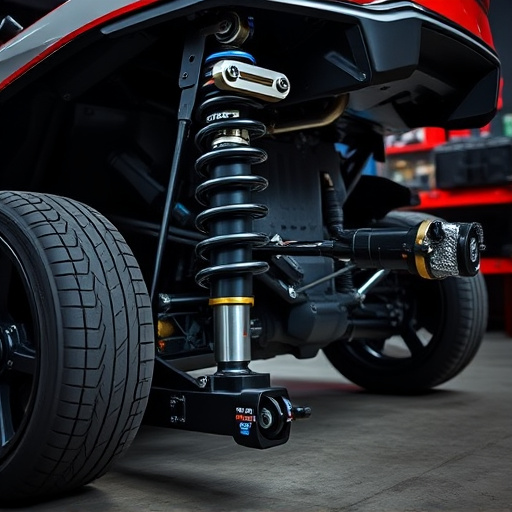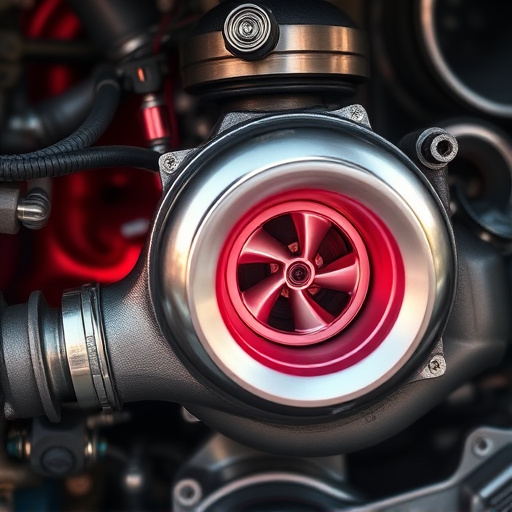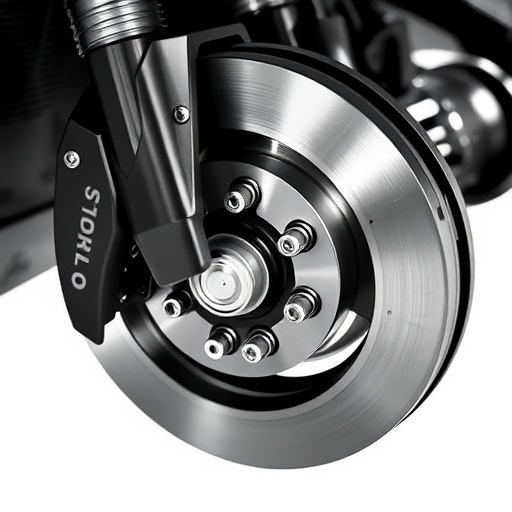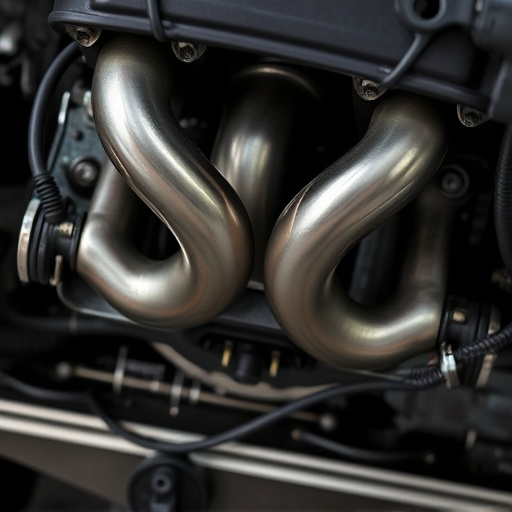The brake master cylinder is a critical component in any vehicle's braking system, transferring driver pressure into hydraulic force via a piston and compressing hydraulic fluid stored in the reservoir. This smooth, efficient process activates brake rotors, enhancing control and safety, even with modifications like cold air intakes. Regular maintenance of pushrods, pistons, and air filters ensures optimal performance, guaranteeing consistent braking power with every pedal press.
“Unveiling the intricacies of your vehicle’s braking system, this article delves into the essential components of the brake master cylinder. We dissect its core elements: reservoir, pushrod, and slave cylinders, exploring their unique functions in regulating pressure, activating brakes, and multiplying force.
By understanding these key parts, you’ll gain valuable insights for maintenance and troubleshooting. Learn about regular checks, common issues, and even basic DIY inspections to ensure your brake master cylinder operates optimally, enhancing safety on every journey.”
The Core Components of a Brake Master Cylinder
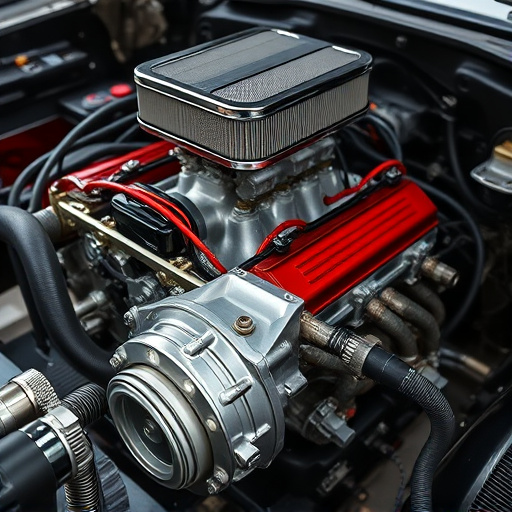
The brake master cylinder is a crucial component in any vehicle’s braking system. At its core, it consists of several essential parts that work harmoniously to deliver precise and effective braking power. The primary components include the cylinder body, which houses the hydraulic fluid, the piston, responsible for translating the driver’s brake pedal pressure into hydraulic force, and the master cylinder pump, that generates this force by compressing the fluid.
These fundamental suspension components ensure the smooth operation of the entire system. The cylinder’s design allows for the efficient transfer of force to the brake rotors, enabling them to slow down or stop the vehicle. Furthermore, the seamless interaction between the master cylinder and brake rotors is pivotal in enhancing overall vehicle control, especially during critical situations where quick and responsive braking is required, even with modifications like cold air intakes.
– Reservoir and Fluid
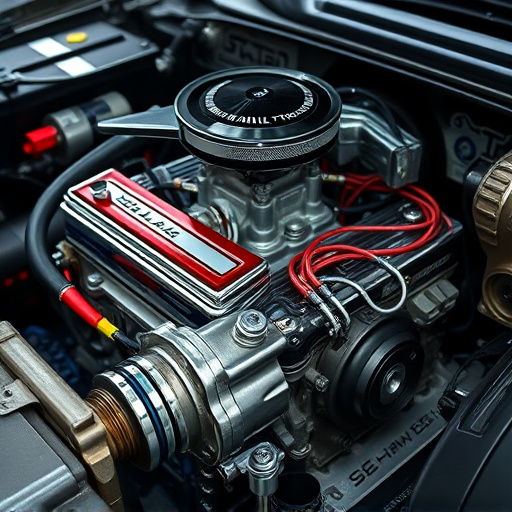
The brake master cylinder is a vital component in any vehicle’s braking system, responsible for generating pressure that activates the brakes. Central to its operation is the reservoir and fluid duo. The brake master cylinder reservoir acts as a storage unit for hydraulic fluid, holding it under pressure until needed. This pressurized fluid is key to the entire braking mechanism, ensuring smooth and efficient stopping power.
The hydraulic fluid within the reservoir plays a crucial role in vehicle performance. It’s designed to transmit force from the driver’s brake pedal to the brakes at each wheel, enabling drivers to control their vehicle’s speed quickly and effectively. Moreover, high-quality performance air filters and air filter kits can complement the master cylinder by minimizing debris in the fluid, maintaining optimal hydraulic pressure for enhanced overall vehicle performance.
– Pushrod and Piston
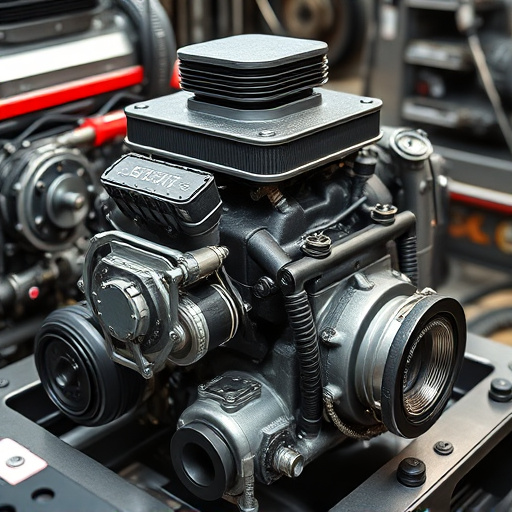
The pushrod and piston are integral components within the brake master cylinder, playing a pivotal role in the braking system’s functionality. The pushrod, connecting the brake pedal to the master cylinder’s internal mechanisms, translates the force exerted by the driver into linear motion. This rod, often crafted from robust materials like steel or aluminum, ensures a direct and efficient transfer of energy, allowing for precise control over the braking action.
Situated at the heart of the master cylinder, the piston is responsible for generating hydraulic pressure when the brake pedal is depressed. As the pushrod exerts force on the piston, it moves within the cylinder’s bore, compressing the brake fluid and creating the necessary hydraulic pressure to activate the vehicle’s brakes. This intricate mechanism, often maintained with regular servicing, including air filter kits and exhaust tips for optimal performance, ensures that each press of the pedal results in consistent and effective braking, a crucial aspect of ensuring driver safety and vehicle control.
Understanding the core components of a brake master cylinder, such as the reservoir and fluid, as well as the pushrod and piston, is essential for maintaining optimal braking performance. These critical parts work in harmony to amplify your braking force, ensuring safety and control on the road. Regular inspection and maintenance of these elements are key to keeping your vehicle’s braking system in top shape.




